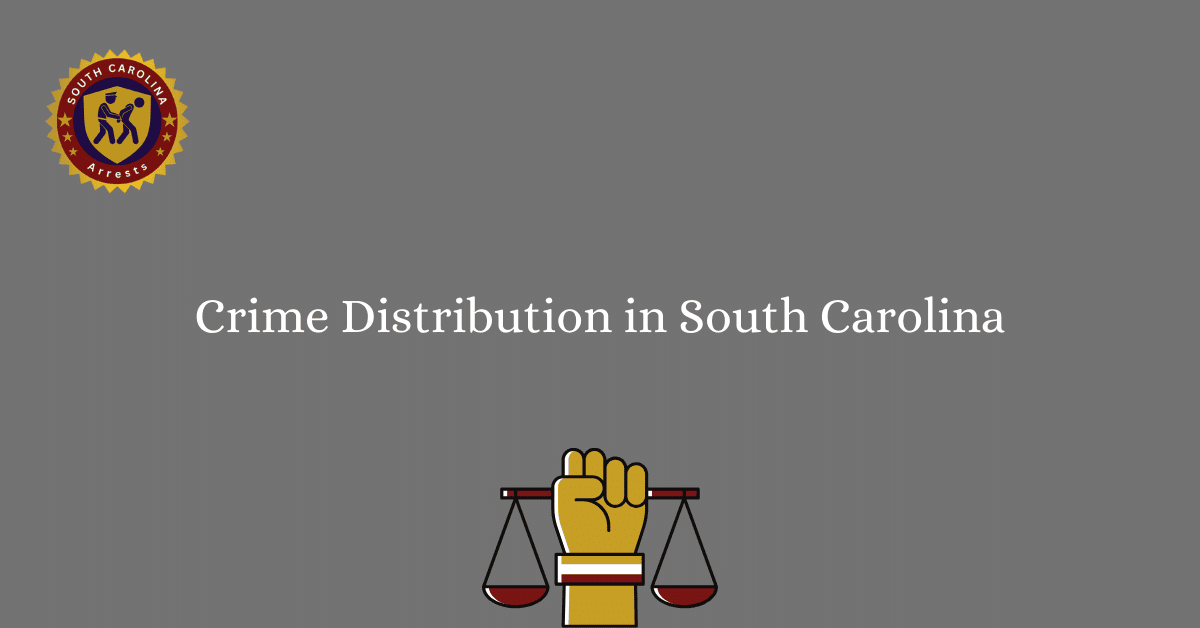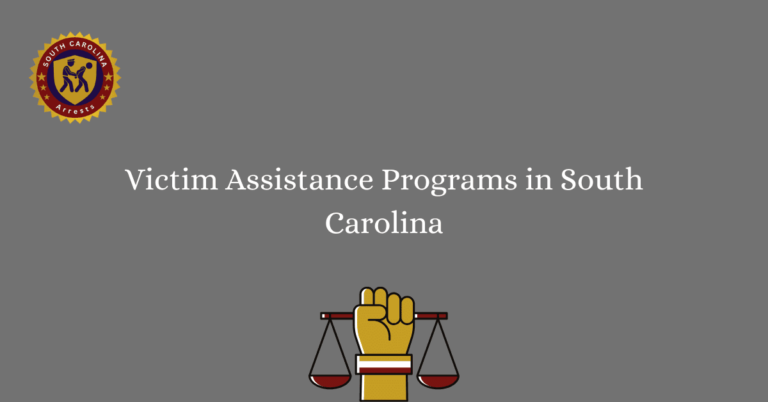Crime Distribution in South Carolina
Crime distribution in South Carolina is a complex issue with various factors at play. From urban areas to rural communities, the distribution of crime is influenced by a combination of socioeconomic conditions, law enforcement strategies, and community dynamics. Understanding the patterns of crime in South Carolina is crucial for policymakers, law enforcement agencies, and community members to effectively address and reduce criminal activities.
With a focus on data-driven analysis and collaboration between various stakeholders, efforts to combat crime distribution in South Carolina can lead to safer neighborhoods and a stronger sense of security for all residents. By identifying hotspots, trends, and underlying causes of criminal behavior, proactive measures can be taken to prevent future incidents and promote a more peaceful coexistence within the state.
Factors influencing crime distribution in South Carolina
Crime distribution in South Carolina is influenced by a variety of factors, ranging from socioeconomic conditions to law enforcement strategies and community dynamics. Understanding these factors is crucial in developing effective crime prevention and reduction initiatives.
Socioeconomic conditions impact on crime rates
The socioeconomic conditions in South Carolina play a significant role in determining crime rates across different areas. Areas with high poverty rates, unemployment, and lack of access to education and resources tend to experience higher crime rates. Understanding and addressing these underlying socioeconomic issues is essential in addressing crime distribution.
Impact of law enforcement strategies on crime patterns
The strategies and tactics employed by law enforcement agencies in South Carolina have a direct impact on crime patterns and distribution. Effective policing, community engagement, and crime prevention initiatives can help reduce crime rates in specific areas. Analyzing the effectiveness of these strategies is crucial in combating crime.
Community dynamics and their role in crime distribution
Community dynamics, including social cohesion, trust among residents, and neighborhood organization, can influence crime distribution in South Carolina. Strong communities with active involvement in crime prevention efforts can help deter criminal activities and create safer environments for residents. Understanding and leveraging community dynamics is essential in addressing crime distribution.
Importance of data-driven analysis in combating crime
Data-driven analysis plays a critical role in combating crime in South Carolina. By utilizing tools such as SC crime mapping and geographical analysis, law enforcement agencies can identify crime hotspots, trends, and patterns. This information allows for targeted interventions and preventative measures to address underlying causes of crime.
Collaboration between stakeholders for effective crime reduct4on
Collaboration between various stakeholders, including law enforcement agencies, community organizations, government entities, and residents, is essential for effective crime reduction in South Carolina. By working together and sharing information, resources, and expertise, stakeholders can develop comprehensive strategies to combat crime and promote safety and security.
Identification of crime hotspots and trends
Identifying crime hotspots and trends through data-driven analysis is crucial in developing proactive measures to address crime distribution in South Carolina. By focusing on areas with high crime rates and implementing targeted interventions, law enforcement agencies can effectively reduce criminal activities and enhance public safety.
Preventative measures to address underlying causes of crime
Implementing preventative measures to address underlying causes of crime is key to long-term crime reduction in South Carolina. By addressing issues such as poverty, lack of education, substance abuse, and mental health, communities can create a safer and more secure environment for residents. Investing in prevention is essential in reducing crime distribution.
Promoting safety and security through proactive measures
Promoting safety and security in South Carolina requires proactive measures that prioritize crime prevention and community engagement. By implementing strategies that focus on early intervention, community empowerment, and collaboration between stakeholders, the state can create a more secure and resilient environment for all residents. Prioritizing safety and security is essential in combating crime distribution.
Frequently Asked Questions
Our FAQ section aims to provide detailed information about Crime Distribution in SC to enhance your understanding of this topic. Below are some commonly asked questions with in-depth explanations.
What is Crime Distribution in SC?
Crime distribution in SC refers to the geographical spread of criminal activities within the state. It involves analyzing crime data to identify trends, hotspots, and patterns to help law enforcement agencies allocate resources effectively.
How is Crime Distribution in SC measured?
Crime distribution in SC is measured using various metrics such as crime rates, crime maps, and crime indices. These tools help researchers and policymakers understand the prevalence and nature of criminal activities in different regions of the state.
What are the common types of crimes in SC?
Common types of crimes in SC include property crimes, violent crimes, drug-related offenses, and white-collar crimes. Understanding the distribution of these crimes can help identify areas that require targeted intervention and prevention strategies.
How does Crime Distribution in SC impact communities?
Crime distribution in SC can have a significant impact on communities, affecting factors such as safety, property values, and quality of life. High crime rates in certain areas can create fear and insecurity among residents, leading to social and economic consequences.
What strategies are used to address Crime Distribution in SC?
Law enforcement agencies in SC use various strategies to address crime distribution, including community policing, data-driven policing, and partnerships with other agencies and community organizations. These approaches aim to prevent crime, improve public safety, and build trust between law enforcement and the community.
How can individuals contribute to reducing Crime Distribution in SC?
Individuals can contribute to reducing crime distribution in SC by being vigilant, reporting suspicious activities to law enforcement, participating in community crime prevention programs, and promoting a culture of safety and cooperation within their neighborhoods. By working together, residents can help create safer and more resilient communities.







